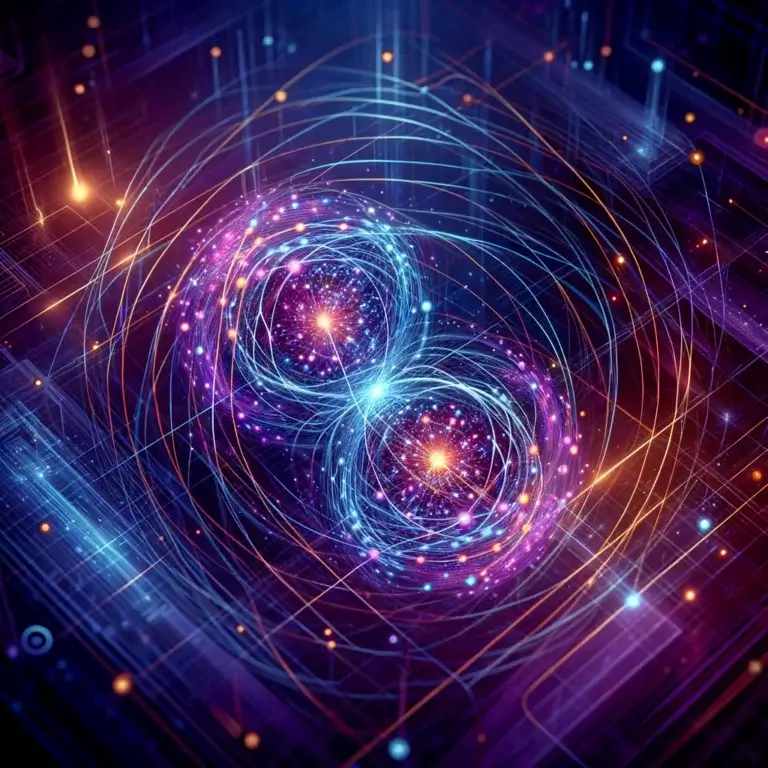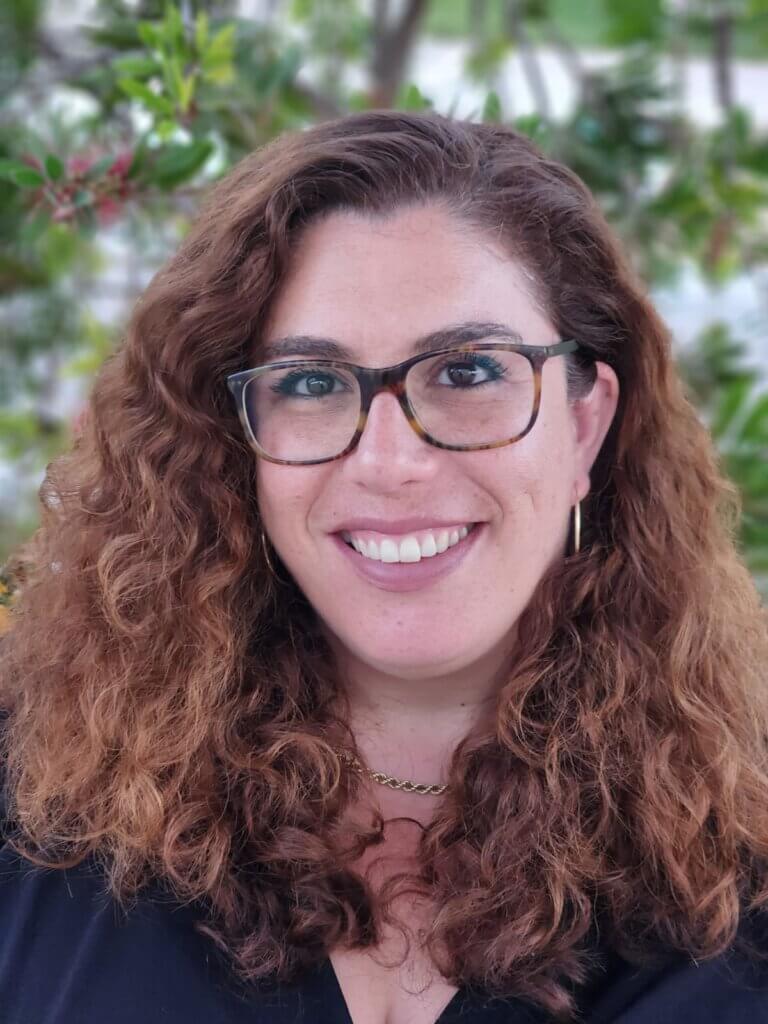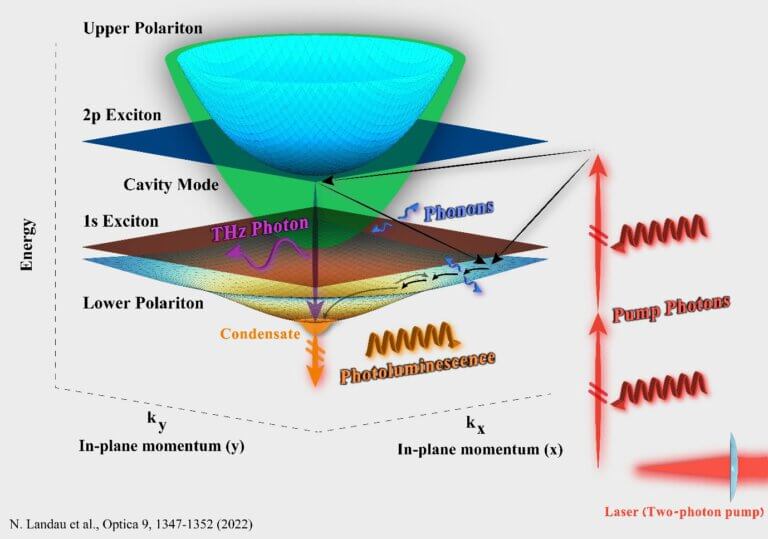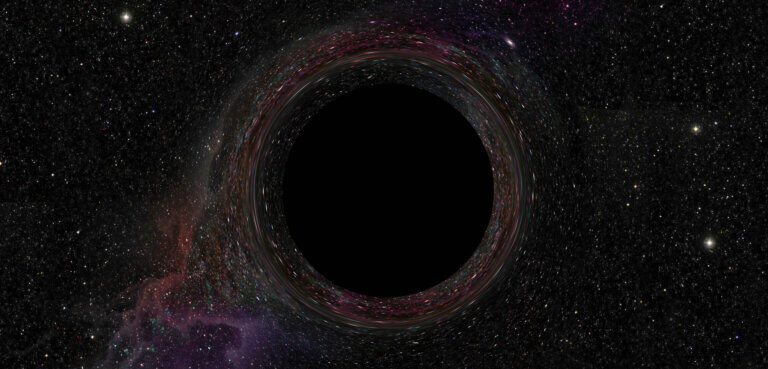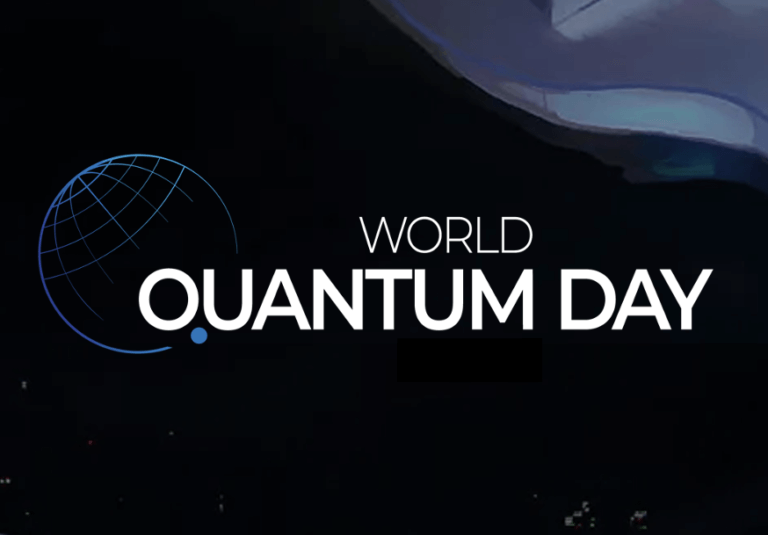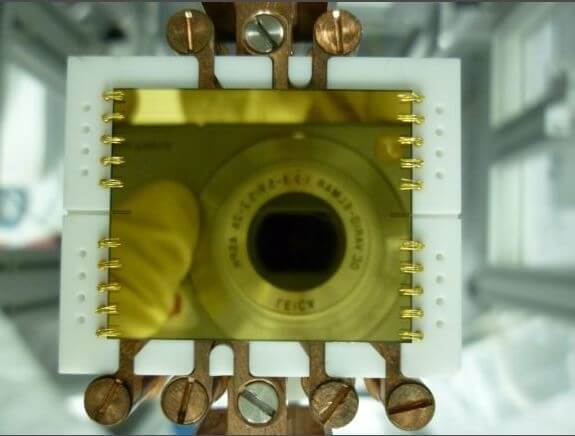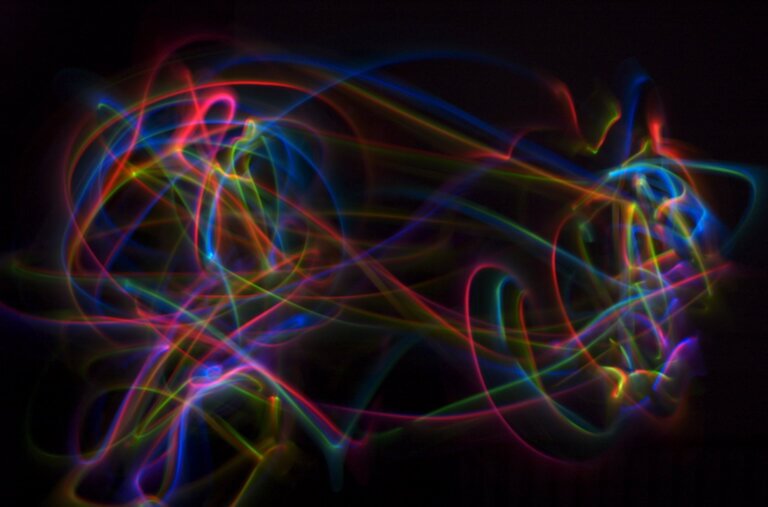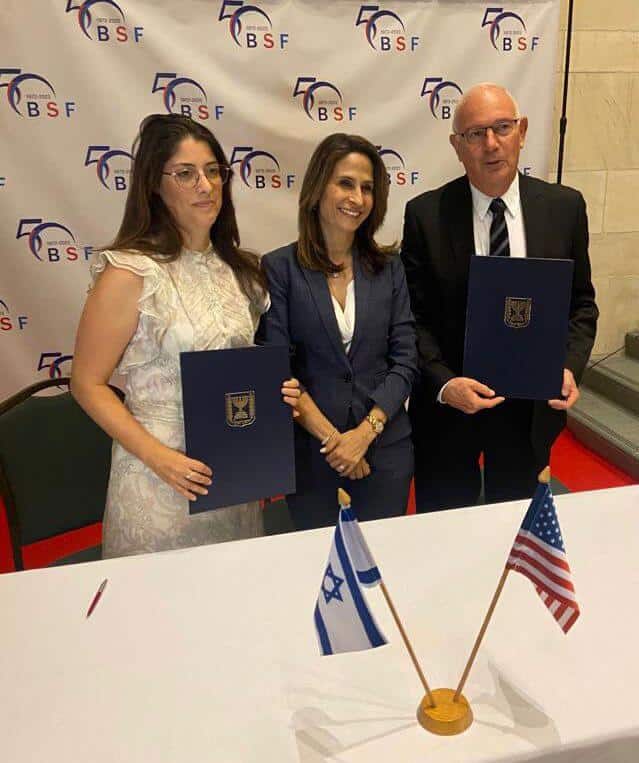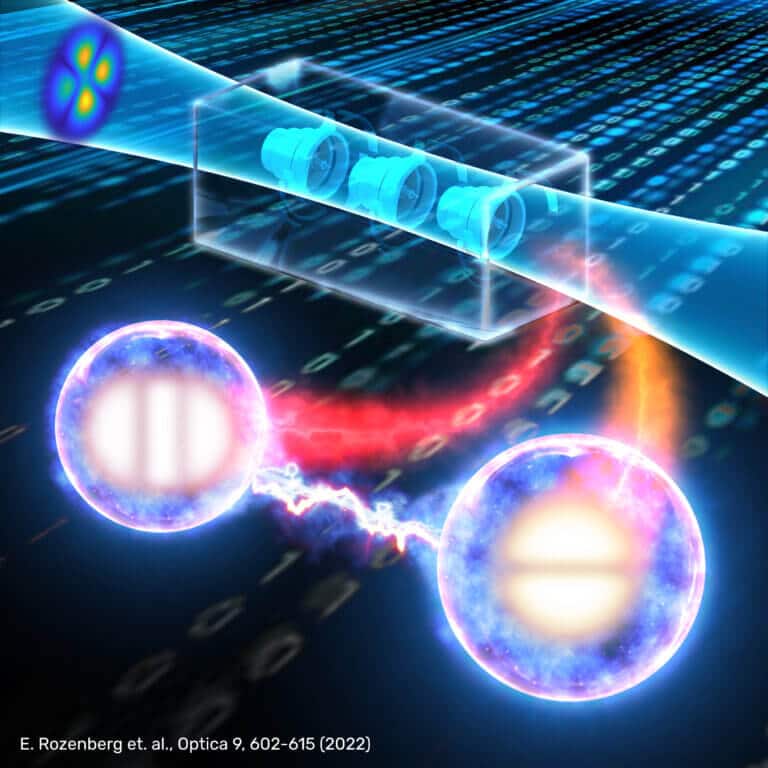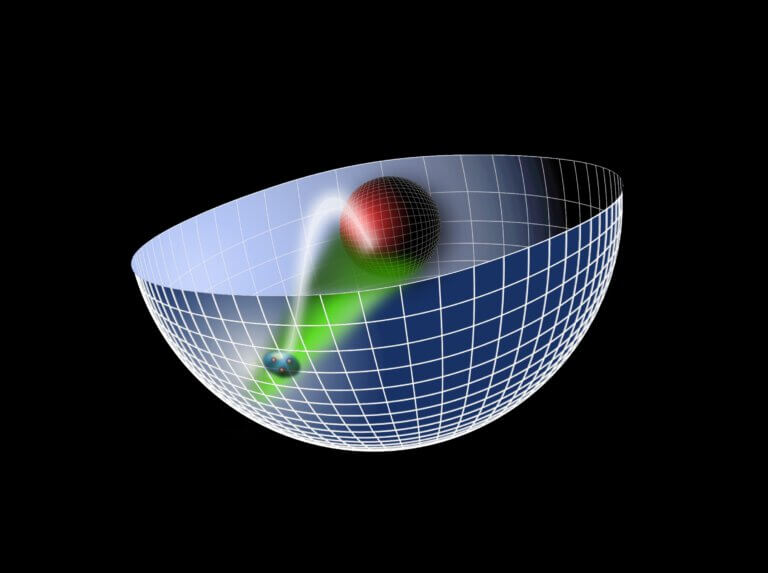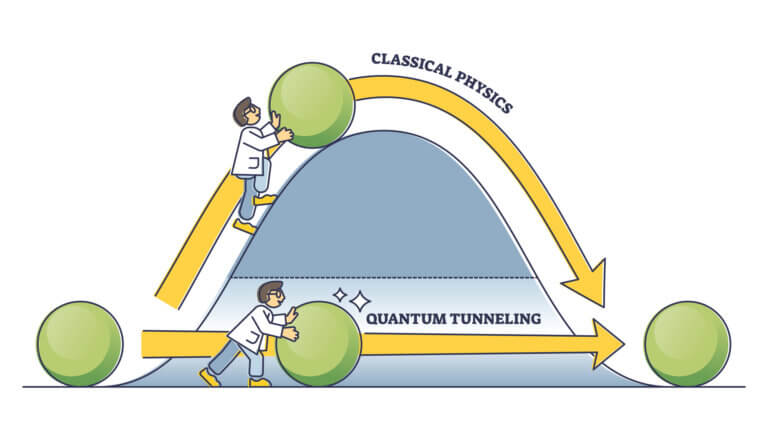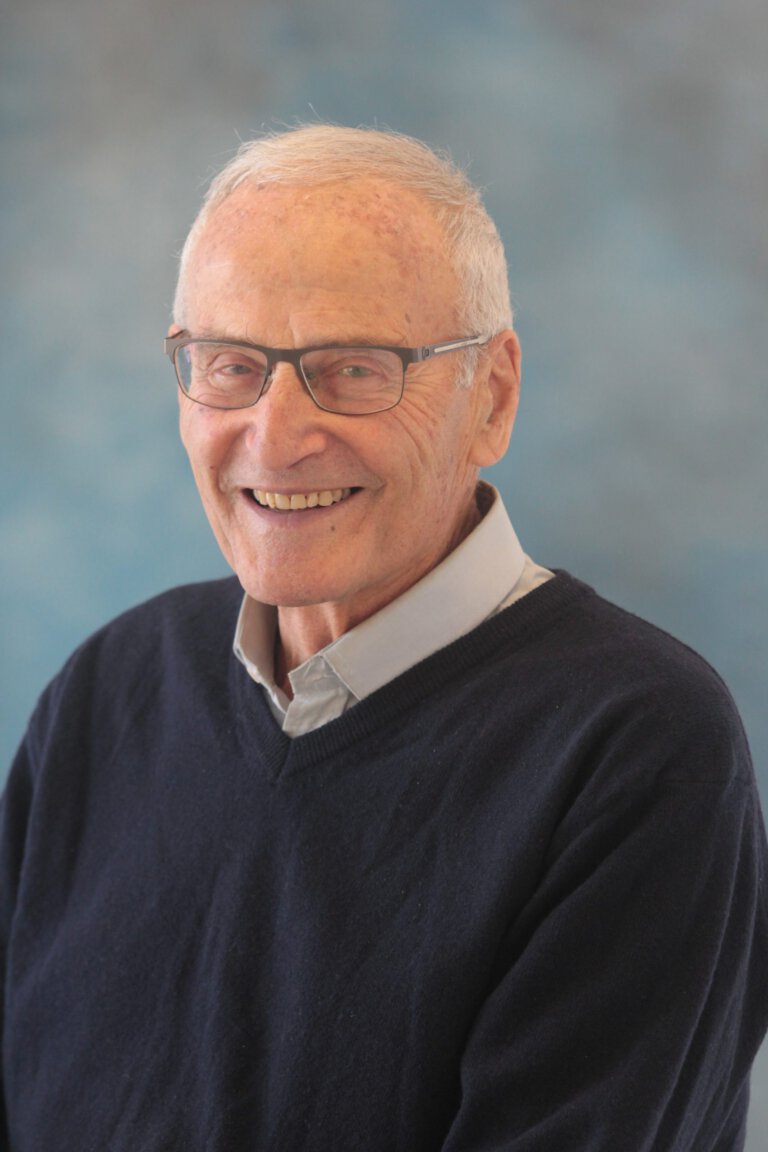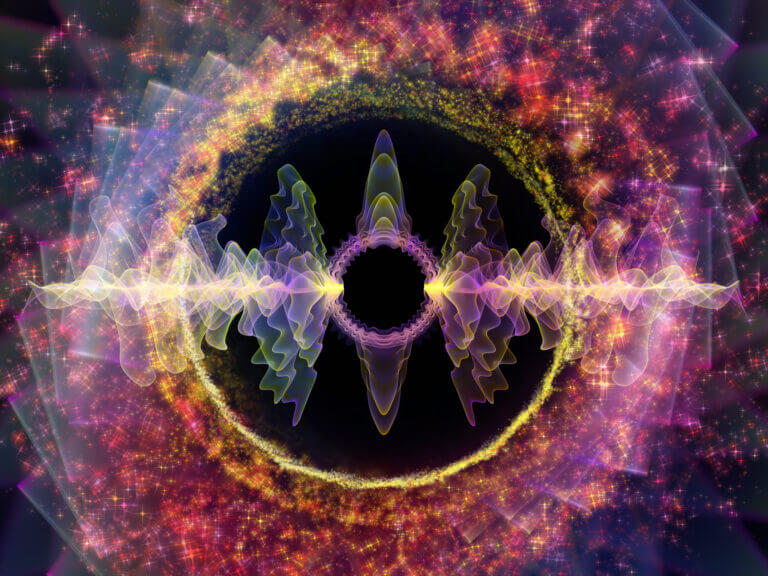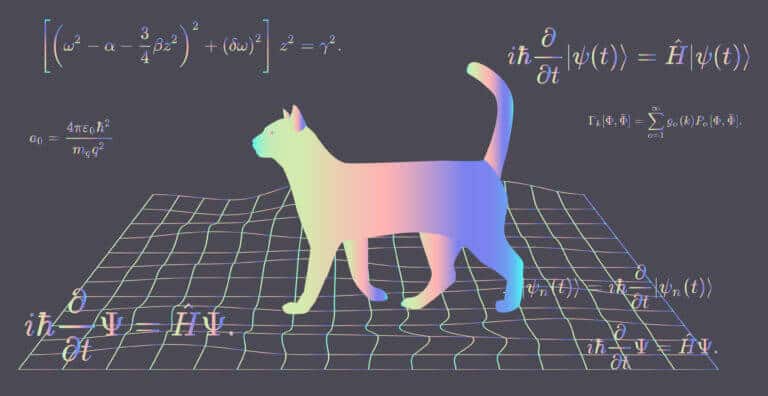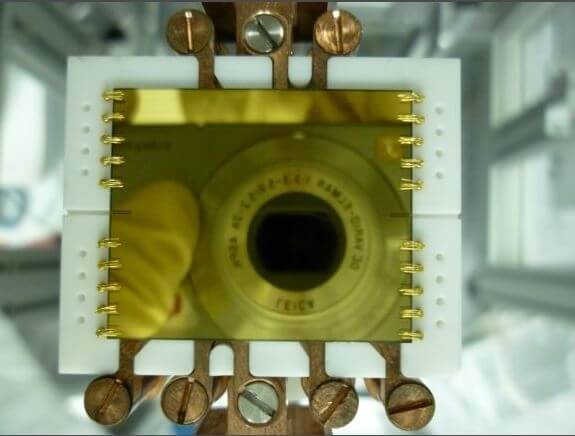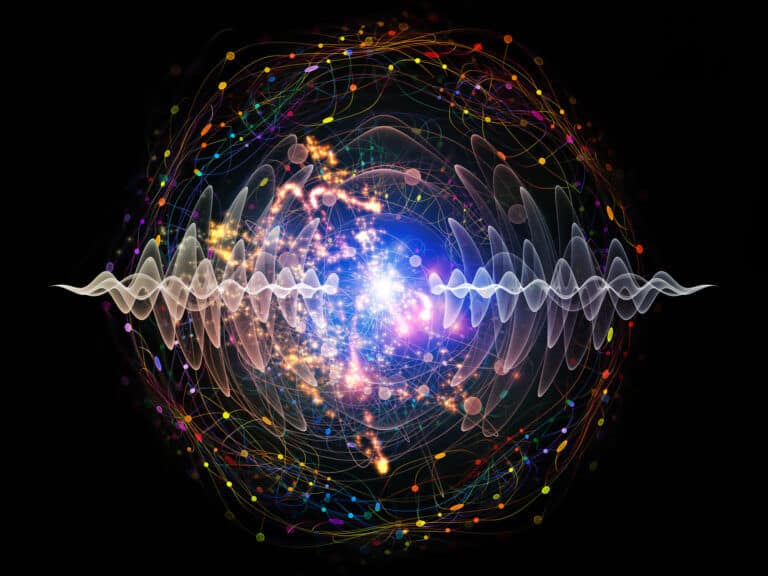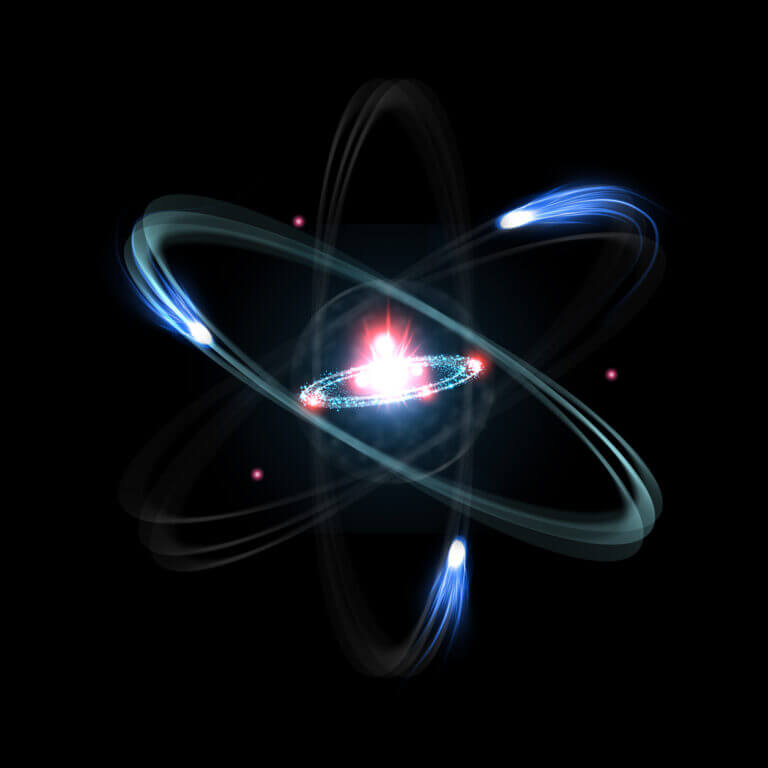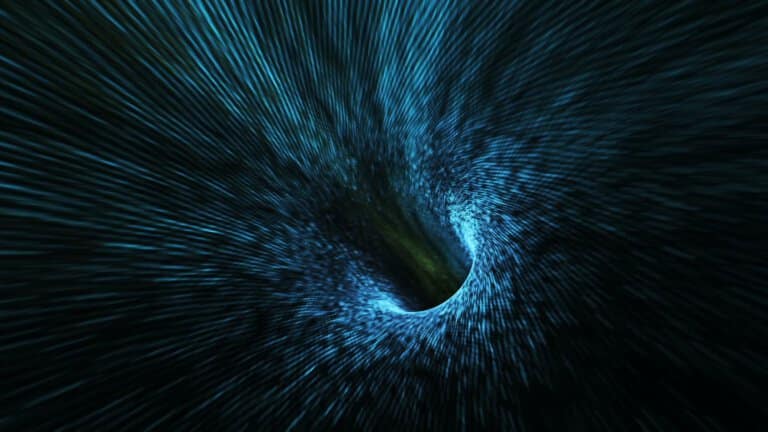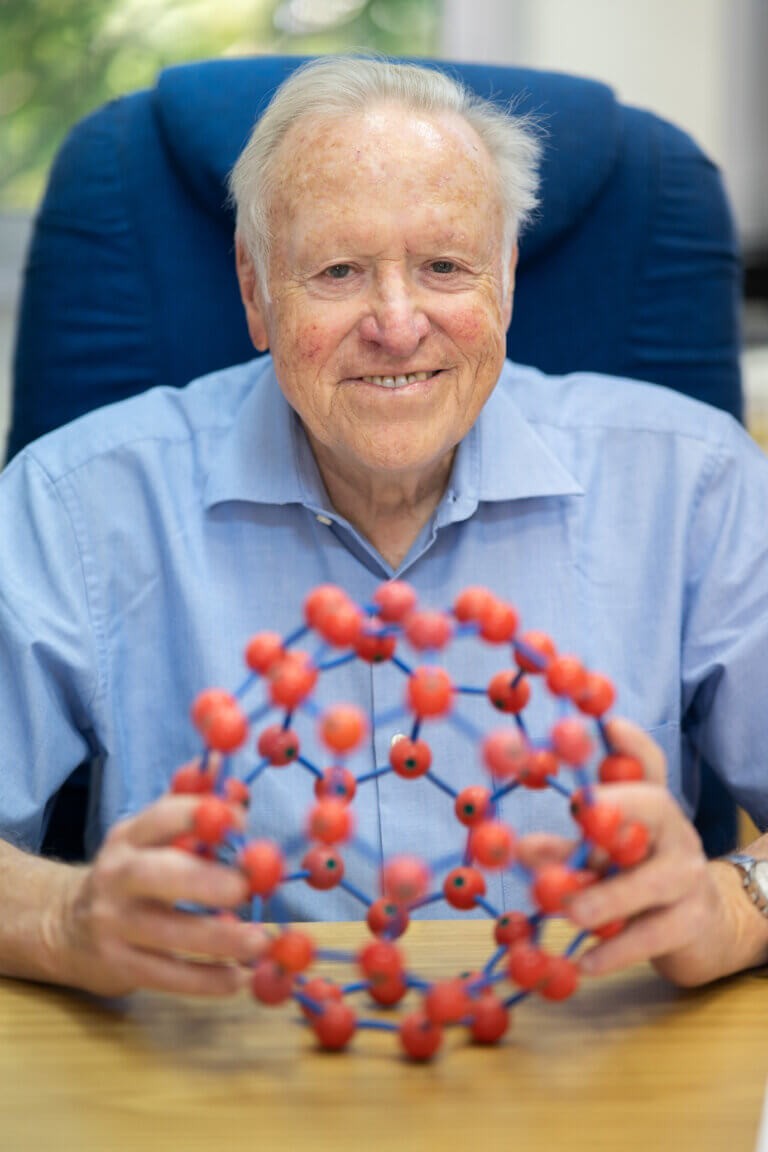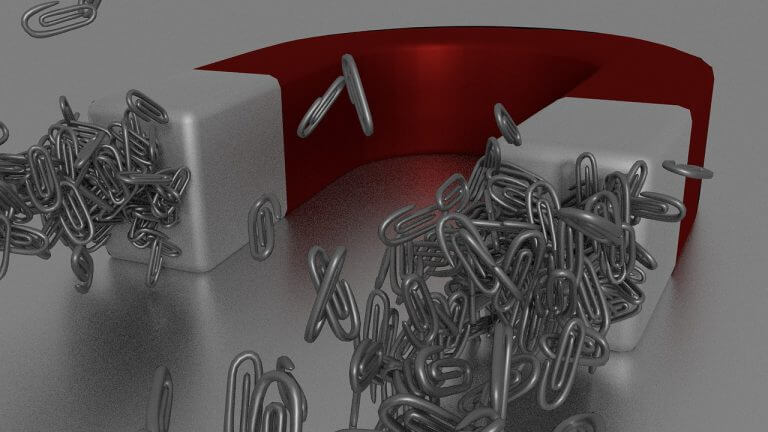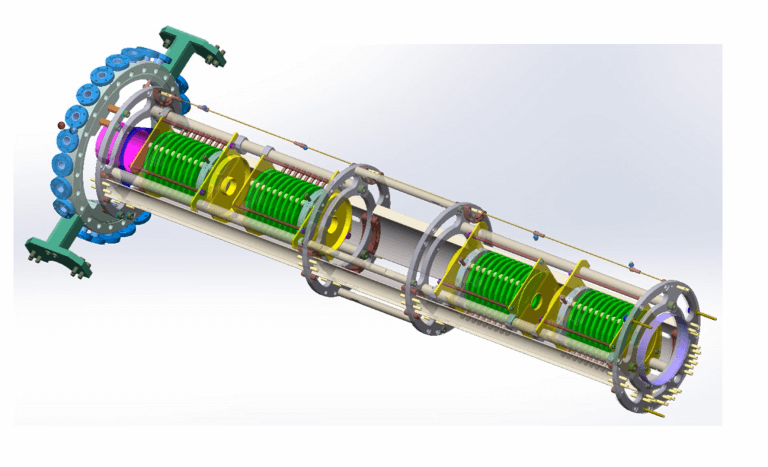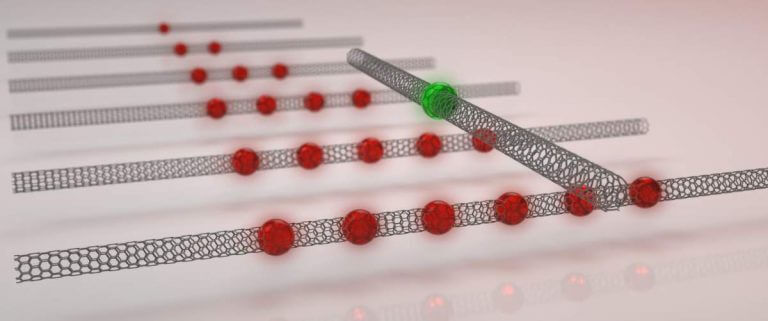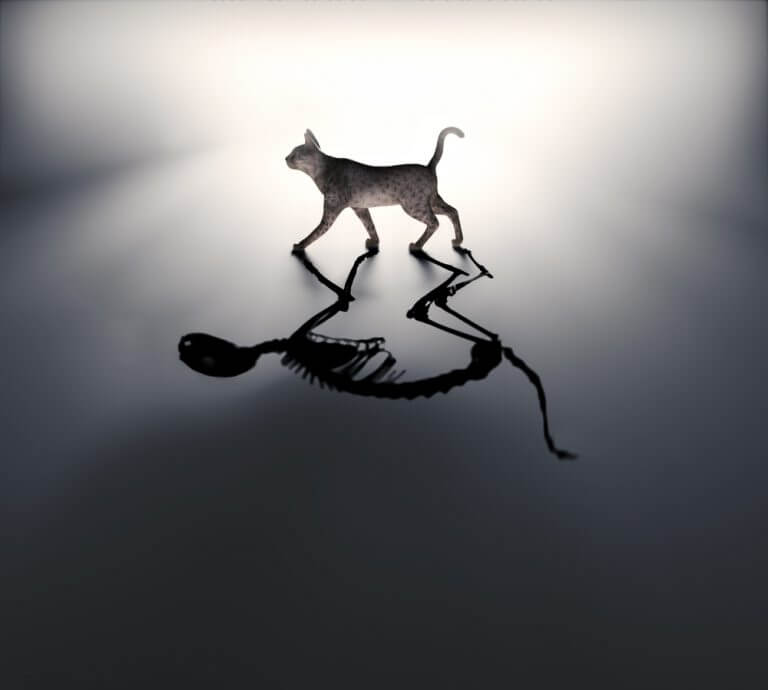Hayadan > Quantum physics
Quantum physics
- Noam Chai
- February 24, 2024
- 3 תגובות
The non-Abelian anions are quasi-particles with fascinating statistical and topological properties. Until recently, these particles were only theoretical, but now a research group from Harvard University has created them for the first time in the laboratory. The discovery may encourage companies in the field of quantum computing to use non-Abelian anions to create durable qubits.
- The Hebrew University
- September 8, 2023
- No comments
The number of wins by male and female Hebrew researchers places the university in first place among universities in Israel in terms of success rate among applications, with an increase of 5.5% compared to last year and it has the highest number of winners
- The Technion
- June 14, 2023
The achievement may accelerate research in new quantum technologies and developments in security, biological sensing, wireless communication and more
- Avi Blizovsky
- June 12, 2023
- 5 תגובות
A team of researchers confirmed Hawking's prediction of evaporating black holes, but extended its application to all large objects in the universe
- Noam Chai
- May 1, 2023
- One response
On May 10, three lectures in the field of quantum will be delivered to the general public, zoomed and free of charge. The event is being held in honor of World Quantum Day under the auspices of the Center for Quantum Information at the Hebrew University. No need to register in advance.
- The Voice of Science website - the Israel National Science Foundation
- February 11, 2023
Scientists are trying to answer one of the biggest open questions in physics
- Noam Chai
- October 8, 2022
- 8 תגובות
Inspired by the winners of the 2022 Nobel Prize in Physics, we will discuss Bell's theorem without introducing formulas and inequalities. In this article we will illustrate how experiments with entangled particles contradict the assumption that there are hidden variables and that quantum mechanics is indeed reliable.
- Avi Blizovsky
- September 16, 2022
- One response
During the visit of the Minister of Innovation, Orit Farkash HaCohen to the USA, she meets with senior officials and businessmen in order to strengthen the technological cooperation between the countries - after the Jerusalem Declaration. And collaborations in the field of quantum between countries are not common, given the far-reaching strategic implications of this field
- Tel Aviv University
- August 23, 2022
- No comments
Researchers from the Technion and Tel Aviv University have developed an innovative method to engineer quantum entanglement in a crystal, using computational learning tools
- Noam Chai
- July 21, 2022
- 24 תגובות
Physicist Hikida from the University of Tokyo and his colleagues developed the dual model for Einstein's theory of gravity in three-dimensional de Sitter space. This is a significant step towards a model that will faithfully describe nature, i.e. the physics of quantum gravity under an expanding universe with a positive cosmological constant.
- Noam Chai
- May 22, 2022
- 4 תגובות
The human DNA molecule contains about three billion bases and replicates every day about two trillion times. For the cellular structure to be preserved, the replication process must be incredibly precise, but at the same time, the appearance of mutations shows that the process is not immune to errors. With the help of computer simulations, physicists and chemists from the University of Surrey In England they showed that errors in replication may occur due to quantum tunneling.
- The Technion
- March 2, 2022
The award was given to Prof. Zak for "developing mathematical tools such as 'Zak transformation' and 'Zak phenomenon' used to decipher the phenomena of electrical conduction in a magnetic field. These tools enable the prediction of materials with unique properties for the construction of electronic devices
- Avi Blizovsky
- September 6, 2021
- 4 תגובות
Researchers from Tel Aviv University, the Technion and MIT teamed up to shed new light on quantum theory
- Noam Chai
- August 21, 2021
- 9 תגובות
The most famous quantum equation was published in 1926 on just two pages. What does she describe and how did Schrödinger think of her?
- Ben-Gurion University
- August 6, 2021
- One response
More than 70 years ago, scientists in the field of physics came up with an idea to use magnetic fields and an atomic property called spin in order to put a body in two places at the same time. Now, a research group from Ben-Gurion University of the Negev has succeeded in implementing the idea and has even proposed an advanced version of the device that will provide future answers to one of the central questions in physics: Is there a connection between quantum theory and gravitation?
- Noam Chai
- August 5, 2021
- 16 תגובות
Every week we will delve deeper into a physical idea known in popular literature and bridge the gap between what is shown in the media and what science really states. This time we will start with wave-particle duality, an elusive concept that sometimes raises more questions than answers, but in truth has long ceased to worry scientists
- Noam Chai
- May 21, 2021
- 10 תגובות
Led by researchers from the Institute of Physics at Princeton University, an initial discovery has been published that strengthens the controversial hypothesis that the electron is made up of two elementary particles: one carries a negative electric charge and the other the electron's spin. If the interpretation is indeed correct, the assumption that is more than a century old may be erased and make waves in the scientific community.
- The Hebrew University
- May 8, 2021
The researchers were able to directly observe the entangled quantum state of two mechanical drums, each with a size close to the diameter of a human hair.
- Noam Chai
- February 5, 2021
- 31 תגובות
Researchers around the world are looking for an explanation for the mystery of dark matter and the problem of hierarchy. The two problems seem completely different, but according to researchers from Johns Gutenberg University in Germany, both can be solved with the help of a compact fifth dimension. The estimated model does not contradict the experimental data discovered in current accelerators and predicts a new particle with a mass of 30TeV that may be discovered in future accelerators
- The Technion
- January 8, 2021
- One response
- Weizmann Institute
- March 5, 2020
- No comments
- Noam Chai
- December 7, 2019
- One response
- Weizmann Institute
- November 24, 2019
- 6 תגובות
- Noam Chai
- June 11, 2019
- 11 תגובות
- Weizmann Institute
- May 6, 2019
- 48 תגובות

